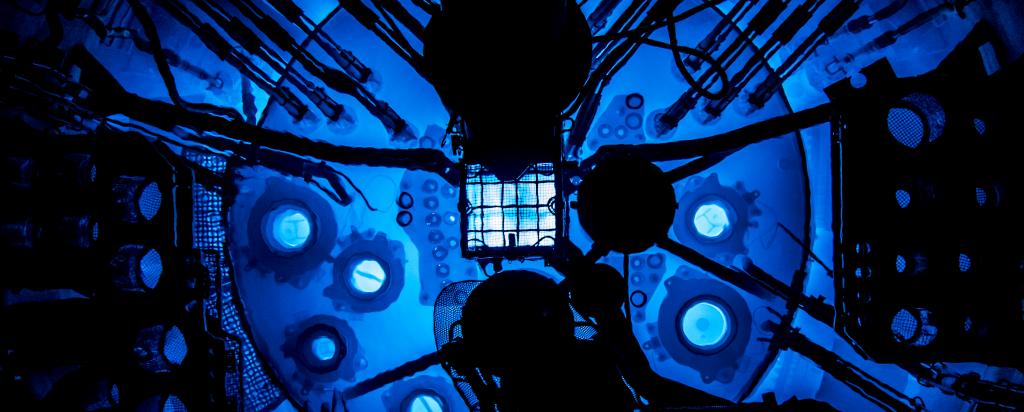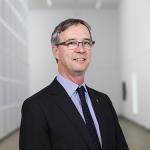
Role at ANSTO
In December 2023, ANSTO announced that Professor Michael James was selected for the position of Director of the Australian Synchrotron with the formal appointment commencing on 8 January 2024
Prof James has been acting in the role since January 2023 and will continue to be responsible for people, operations, and future development at the Australian Synchrotron. He also leads the team that is designing, building, and operating eight new beamlines of the $100M BRIGHT Program.
Before assuming acting duties, he led the Science Team at the Australian Synchrotron from January 2013. This team is responsible for the operation and development of new capabilities for the ten existing beamlines at the Australian Synchrotron, and the management of an international, merit-based user program. This program hosts around 1000 experiments and more than 5000 User visits annually.
Prior to joining the team at the Australian Synchrotron, Prof James built Australia’s first neutron reflectometer instrument at the Lucas Heights campus and developed small angle X-ray scattering and X-ray reflectometry facilities. He then led the design, construction and operation of the Platypus time-of-flight neutron reflectometer at the Australian Centre for Neutron Scattering.
His other roles at ANSTO included leading the Chemical Deuteration Laboratory (now part of the National Deuteration Facility). In 2007 he was appointed a visiting Professor with the School of Chemistry at the University of New South Wales.
During his career, he has worked in numerous areas of neutron and X-ray scattering, including instrumentation, solid-state chemistry, powder diffraction from molecular and magnetic materials, as well as reflectometry from nanoscale thin films, chemical and biological sensors, and molecular interactions with biomimetic cellular membranes.
Other research interests include the study of organic photovoltaics and organic light-emitting diodes. He has published more than 150 peer-reviewed scientific papers.
Michael James received his BSc from the University of Sydney, and PhD in Inorganic Chemistry from the University of Cambridge (UK), where he investigated new classes of magnetic and superconducting ceramics. Postdoctoral positions followed at the Rutherford Appleton Laboratory (UK) and the University of Nagoya (Japan).
